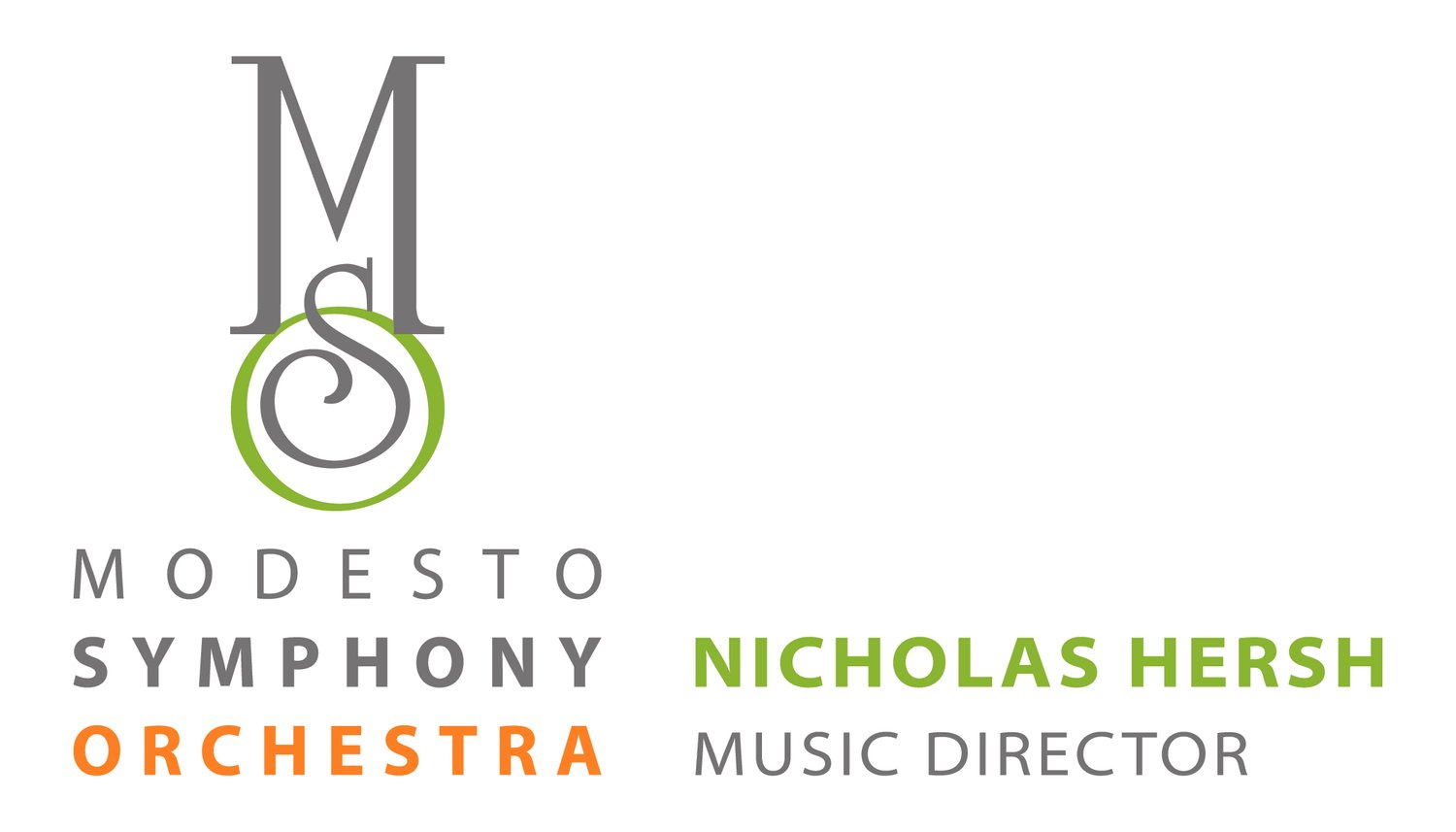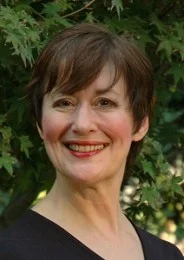Arturo Márquez
b.1950
Arturo Márquez
Danzón No. 2
The danzón, the official dance of Cuba, probably originated in Haiti and is popular throughout the Caribbean and all along the gulf coast of Mexico, especially in the state of Veracruz. It has been an inspiration for Mexican composer Arturo Márquez, the son of a mariachi musician, since his childhood. Márquez is best known for his interdisciplinary works, blending music with theater, dance, cinema and photography. His series of eight Danzones composed in the 1990s explore popular twentieth-century rhythms and melodies of urban music and social dance, incorporating them into Classical structures
Márquez studied piano, violin and trombone in Mexico, later adding composition in France. In California on a Fulbright Fellowship, he received an MFA in composition at the California Institute of the Arts. For ten years he taught composition at Mexico’s Escuela Nacional de Música.
Danzón No. 2, composed in 1994 on a commission from the National Autonomous University of Mexico, gained instant popularity and is sometimes referred to humorously as Mexico’s second national anthem. The inspiration for the work came to Márquez after a visit to a ballroom in Veracruz. The composer writes: “I discovered that the apparent lightness of the danzón hides a music full of sensuality and rigor,” and added: “…it is a personal way of expressing my admiration and feelings towards real popular music.”
Like most Caribbean salsa and Afro-Cuban, music, danzón is based on a clave, a repeated rhythmic figure that is maintained for the entire piece, even as it progresses through a variety of moods and melodic themes.
Program notes by:
Joseph & Elizabeth Kahn
Wordpros@mindspring.com
www.wordprosmusic.com
Manuel de Falla
1876-1946
Manuel de Falla
Noches en los Jardins de España
Nights in the Gardens of Spain
1876-1946
While composers of all periods of Western music have at times made use of popular or folk tunes in their music, the Spaniards seemed obsessed with the practice. The Italian import keyboard composer, Domenico Scarlatti (1685-1750), set the fashion for incorporating “street music” into his sonatas for the brilliant harpsichordist, Queen Maria Barbara. The practice continues to this day.
Born in Cadiz, Manuel de Falla received his first music lessons from his mother. He studied piano and composition in Madrid, where he became interested in Spanish music, especially Andalusian flamenco. But he realized early on that he was not good enough to make a career as pianist, and the symphonic institutions in Spain were too limited to make a living as a classical composer. In 1907, he left Spain in order to achieve international exposure for his music, settling in Paris where he came under the influence of Paul Dukas, Claude Debussy and Maurice Ravel. His music, however, even during the height of the French influence, remained solidly Spanish in style. With the outbreak of World War I, he returned to his native country.
A deeply religious – almost fanatic – Catholic, de Falla expressed his faith in a magnum opus, Atlántida, an epic based on what he regarded as the holy mission of his boyhood hero Christopher Columbus. The cantata, in which the Spanish nation, rising from the ruins of Atlantis, goes forth under the banner of Christ to the New World, remained incomplete at de Falla’s death. He actually submitted parts of it to Church authorities for approval.
De Falla began Noches en los Jardins de España in 1909 in Paris as a set of three nocturnes for piano. But friends, and especially the pianist Ricardo Viñes, advised him to transform it into a work for piano and orchestra. Instead, the composer put the work aside and did not return to it until 1915, after his return to Spain. He described the work as “Symphonic impressions,” insisting that it was not a piano concerto, and that the piano was an integral part of the orchestral fabric. Originally de Falla planned a fourth movement, based on a tango rhythm, but that movement ended up as the “Pantomime” movement of El amor brujo.
Nights is a purely atmospheric work, at times almost hypnotic in its simple melodies and understated orchestration. The first movement En el Generalife, describes the famous Palace garden of the Generalife (from the Arabic Jannat al-'Arif - Architect's Garden) on the Alhambra hill in Granada. It opens with what sounds like an accompaniment, but is actually the main theme that recalls Debussy. The theme has a Moorish flavor, first heard as if played on a guitar; the strings imitate the strumming sound, while the piano part is often a single line avoiding chords.
In the second movement, Danza lejana (Distant Dance), once again the themes are brief and simple, the rhythm and harmonies evoking the Flamenco style. The dance gradually increases in volume and tempo before receding again into the distance. The piano leads without interruption into the third movement, En los jardines de la Sierra de Córdoba (The gardens of the Sierra Cordoba mountains). In the middle, the piano takes the role of the singer of cante jondo, a vocal Flamenco style in which a florid melody in the high treble sings over a throbbing bass. The movement begins energetically but slows to a brooding conclusion.
Program notes by:
Joseph & Elizabeth Kahn
Wordpros@mindspring.com
www.wordprosmusic.com
deborah kavasch
Deborah Kavasch
Amor
I wrote Amor at the request of Daniel Afonso, who wanted to commission a work for mixed chorus and percussion based on secular Latin texts such as those found in Carl Orff’s setting of Carmina Burana. We discussed the idea of excerpts from Section III, The Court of Love, with such images as sounds flying around in imitation of the god of Love flying everywhere (“Amor volat undique”), creating new love and arousing passion and desire. The work begins by tossing around the words “Amor volat” in seconds and fourths, which are introduced and imitated by the percussion. The middle sections are based variously on mixolydian, phrygian and dorian modes, with the vibraphone creating a shimmering accompaniment to sustained treble chords punctuated by joyful bursts in the men’s voices. The work concludes with an energetic return of the opening statement.
Heitor Villa-Lobos 1887-1959
Heitor Villa-Lobos
Chôro No. 10 for Chorus and Orchestra
Heitor Villa-Lobos was and remains Brazil’s foremost “classical” composer. His father, an amateur musician, taught him to play the cello and clarinet, and he taught himself to play the guitar. After his father’s death in 1899, he made a living playing guitar and cello in cafés and movie houses. In his travels around Brazil, he became intimately acquainted with all aspects of its popular and folk music. In Rio, which Villa-Lobos visited frequently, the Chôro was the most popular form of street music and the city’s pride and joy. This was primarily instrumental music (to distinguish it from the vocal Serenades), played late at night by loose bands of youths in the streets, usually after the close of more formal events. The musicians improvised as they went along, a process comparable to a American jazz jam session.
For a while, Villa-Lobos was a member of a chôro band in Rio, resulting in a profound effect on his music. In 1918 on a South American tour, pianist Artur Rubinstein “discovered” Villa-Lobos, who was already by then well-known in his native Brazil, and encouraged him to visit Europe “to show his accomplishments.” The trip finally took place in 1923, and he stayed in Paris until 1930.
From 1920 to 1929 Villa-Lobos composed a series of 14 Chôros for various instrument and voice combinations. These works varied greatly in complexity, length and idiom. Although living and studying in France from 1923 to 1930 and coming under the influence of Le Six, the Chôros composed during that time remained essentially Brazilian in character.
Chôro No. 10, written on a visit to Rio de Janeiro in 1926, is probably the most popular of the series. The work bears the title “Rasga o Coraçao” (Tear the Heart), the title of a poem by Catulo da Paixao Cearense. The first half is for orchestra alone. In the second half, Villa-Lobos uses a popular melody, Yara, and the chorus intones the poem ad libitum, with the words to be sung as a contribution to the rhythm. Frequently, random syllables are substituted for the text.
Chóros 10 is a kaleidoscope of orchestral sonorities and rhythms with two unifying motivic elements, one a four-note descending motive, the second, a related syncopated six-note descending figure. Despite its urban ambience, Villa Lobos was always sensitive to the natural environment in which he lived. The opening suggests tropical birdsong interrupted by city cacophony. Interspersed are passages of jazz and recollections of Stravinsky’s Rite of Spring.
The choral section begins with a fugue, which dominates the entire choral part in a complex of rhythmical transformations. For the climax, however, the sopranos break into an actual song, still accompanied by the four-note descending motive.
Program notes by:
Joseph & Elizabeth Kahn
Wordpros@mindspring.com
www.wordprosmusic.com
sean ivory
Sean Ivory
I Will Rise
I Will Rise was commissioned by the Grand Rapids Symphony for Live Arts, a large-scale performance which occurred on April 24, 2015. The piece brings the listener on a journey from darkness into light, from isolation into community.Scored for full orchestra, West African drumming, multiple choruses and soloists, I Will Rise fuses diverse elements into a cohesive whole in order to express the importance of the arts to one’s individuality and to one’s larger community.
In 2015, two major milestones were reached in the life of the Grand Rapids Symphony: The orchestra celebrated its 85th season; and it bid farewell to David Lockington as Music Director after 16 seasons. The Grand Rapids Symphony’s commitment to youth in the arts and youth education programs served as the inspiration for the lyrics of “I Will Rise.”
Lyrics by Nancy Patterson are combined with three other textual elements: a paraphrase of Ecclesiastes 4:9, “Two are better than one -if you fall, I will pick you up”; a Malinke proverb, “Without joy there is no music -without music there is no joy”; and a single stanza from Friedrich Schiller’s poem, An die Freude, “Joy, joy moves the wheel in the universal time machine.” The latter text, not found in Beethoven’s setting of the poem for his Ninth Symphony, is set to the traditional tune of the Ode to Joy.
Notes about the drumming: The West African rhythm, Balakulandjan, is played by the sangban, kenkeni, dununba and djembes in the first half of this piece. In the Malinke tradition, Balakulandjan is a rhythm that is played at any occasion where children are present, such as baptisms, naming ceremonies, weddings and family social events. The Balakulandjan songs says “A child is better than anything in the world.” This rhythm honors David Lockington’s passion for music education opportunities for children and recognizes the growth in outreach and the birth of the Youth Chorus program under his leadership.
The second half of the song incorporates a dununba rhythm written by Leah Ivory. Dununba, the name of the largest West African drum, is also the name of a family of rhythms which reference the “dance of the strong men.” This rhythm was chosen to honor the strong leadership of Maestro Lockington.
TICKETS
Saturday, APR. 14, 2018
8:00 PM
Bring a group & SAVE!
Groups of 10+ save 15%! Call Jesica Sanchez at 338-5064 or email her for more details.


















